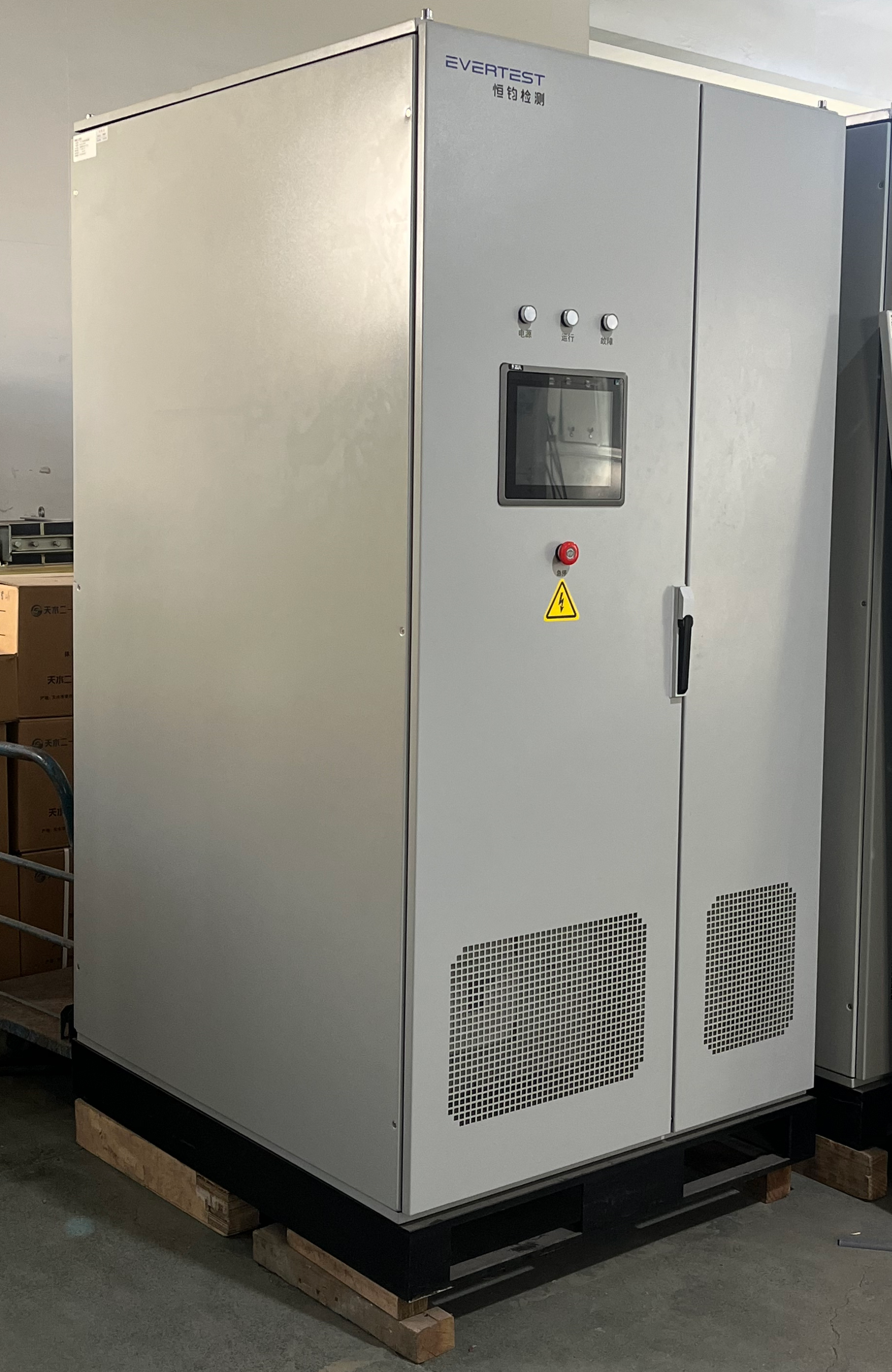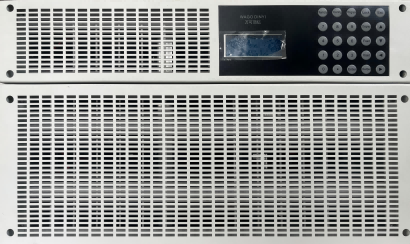buck voltage regulator
A buck voltage regulator is a fundamental power conversion device that efficiently steps down DC voltage levels while maintaining stable output. This sophisticated electronic component operates through a switching mechanism that rapidly alternates between ON and OFF states, utilizing an inductor and capacitor to smooth the output voltage. The regulator's primary function is to convert a higher input voltage to a lower, regulated output voltage with minimal power loss. By employing advanced pulse-width modulation techniques, buck regulators achieve remarkable efficiency rates often exceeding 90%. These devices incorporate essential protective features including overcurrent protection, thermal shutdown, and short-circuit protection, ensuring reliable operation under various conditions. The design typically includes a control IC, MOSFET switches, an inductor, input and output capacitors, and feedback components. Buck regulators find extensive applications in consumer electronics, industrial equipment, automotive systems, and telecommunications infrastructure. Their ability to handle input voltages ranging from a few volts to several hundred volts while maintaining precise output regulation makes them invaluable in modern electronic designs. The continuous evolution of semiconductor technology has led to increasingly compact and efficient buck regulators, supporting the trend toward miniaturization in electronic devices.




